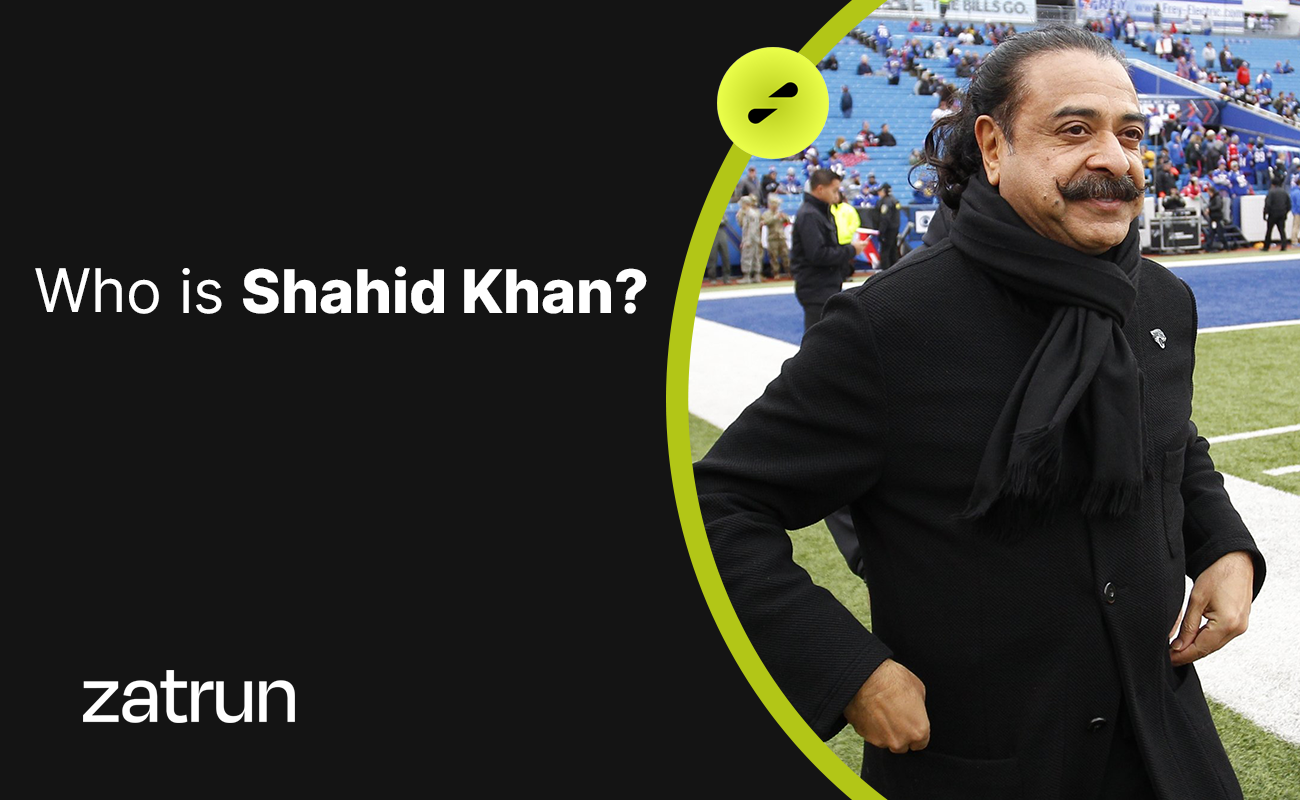Francis Ysidro Edgeworth 101: Who is a Successful Economist? in our article of Zatrun.com, we will cover in detail everything you need to know about Francis Ysidro Edgeworth, the successful political economist and Anglo-Irish philosopher that our readers are curious about.
Who is Francis Ysidro Edgeworth?
Francis Ysidro Edgeworth was an Anglo-Irish philosopher and political economist who made significant contributions to statistical methods in the 1880s. He was appointed as the founding editor of the Economic Journal in 1891. Edgeworth was born in Edgeworthstown, County Longford, Ireland, and was educated by private tutors on the Edgeworthstown estate.
He studied classics at Trinity College Dublin and graduated in 1865. He then studied ancient and modern languages at Balliol College, Oxford. Edgeworth, who loved self-learning, only studied mathematics and economics after university. He was admitted as a lawyer in London in 1877, but did not practice. Based on the articles he published on economics and mathematical statistics in the 1880s, Edgeworth was appointed to a chair in economics at King’s College London in 1888, and then as a professor of political economy at Oxford University in 1891.
In the same year, he was appointed as the founding editor of the Economic Journal, and served as editor or joint editor for 35 years until his death. In 1907, the Royal Statistical Society awarded him the Guy Medal in Gold. Edgeworth was also the president of the Royal Statistical Society from 1912 to 1914. In 1928, Arthur Lyon Bowley published a book dedicated to Edgeworth’s contributions to mathematical statistics, entitled “Mathematical Contributions to the Theory of Evolution.”
Francis Ysidro Edgeworth and his Impact:
Francis Ysidro Edgeworth is a significant figure in the development of neoclassical economics. He was the first to apply certain formal mathematical techniques to individual decision-making in economics. He developed the theory of use and introduced the well-known concepts of the indifference curve and the Edgeworth box, which are now familiar to microeconomics students.
At the same time, he is also known for the Edgeworth assumption that the core of the economy will shrink to the equilibrium of competition as the number of agents in the economy grows. In statistics, Edgeworth is associated with the Edgeworth series. While Edgeworth’s economic ideas were original and profound, his contemporaries often complained about his lack of clarity in expression. He had a tendency towards verbosity and the use of strange words without definition.
“The Mathematical Psychics” (1881):
“The Mathematical Psychics” is a book published by Francis Ysidro Edgeworth in 1881 at the beginning of his long career in economics, and it is his most original and creative book. In the book, he criticized Jevons’ barter exchange theory and showed that there would actually be many solutions under the “recontracting” system, demonstrating the “indeterminacy of contract.” Edgeworth’s “range of final settlements” was later rescued as the game-theoretical concept of the “core” by Martin Shubik (1959). The book contained the first example of the indifference curve as a set of level sets of a generalized utility function, U(x, y, z, …).
Theories:
Edgeworth was also the creator of the Edgeworth Limit Theorem, which predicts a reduction in uncertainty as the number of customers in an economic system increases. In the case of an unlimited number of customers (perfect competition), the set of possible agreements is completely determined and is equivalent to economists’ concept of “equilibrium”. The solution to this uncertainty in agreement requires the application of the utilitarian principle of maximizing the total benefits of traders over the range of final outcomes.
Edgeworth was the first to visualize his fundamental principles using offer curves and community indifference curves and to include the concept of “optimal tariffs”. Taxing a good may actually cause the price to decrease. Edgeworth argued that tax distribution should be optimal, stating that “the marginal inconvenience suffered by each taxpayer should be the same” (Edgeworth, 1897). In an article published in 1897 on monopoly pricing, Edgeworth criticized Cournot’s quantity adjustments for the full solution to the duopoly problem and Bertrand’s “instantaneously competitive” result in the price-adjustment duopoly model.
He also showed how capacity constraints and/or increasing marginal cost curves create uncertainty in price competition between two companies. This led to the emergence of the Bertrand-Edgeworth model, which is an oligopoly model. Edgeworth’s numerous articles on marginal productivity theory (1904, 1911) aimed to establish a more solid foundation for neoclassical distribution theory. His work on war finance was original during the wartime period, but it was too theoretical and did not achieve the practical impact he expected.












